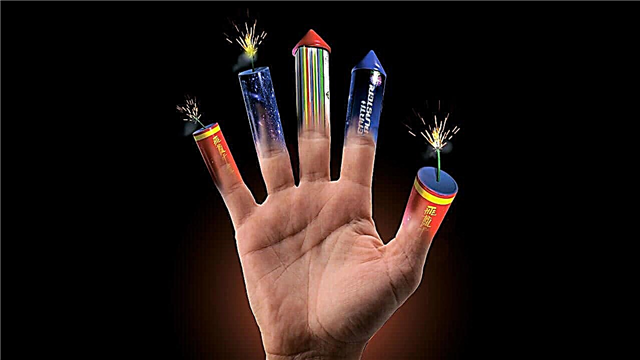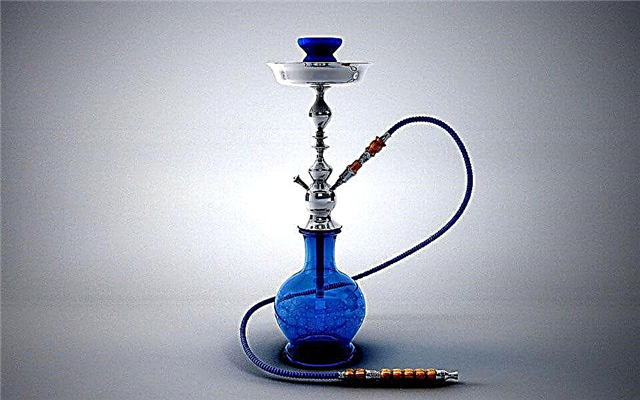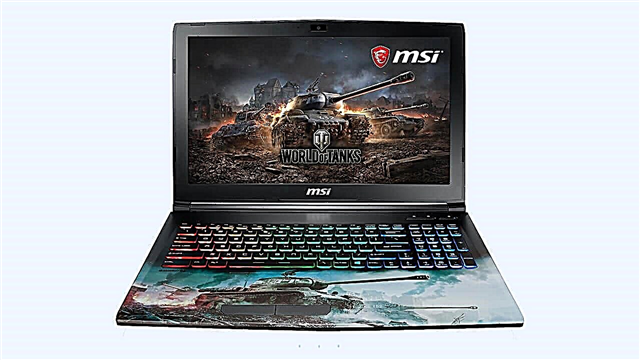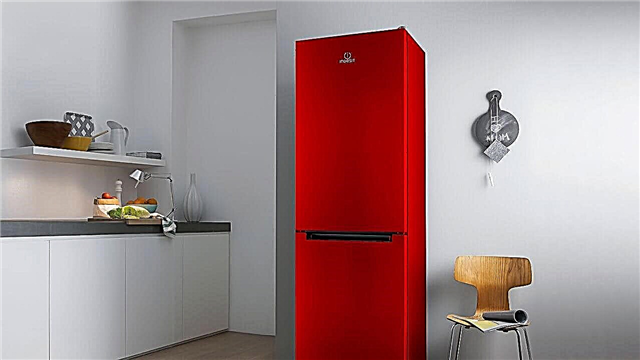Cold weather and winter conditions affect how quickly and confidently a car can move on roads. And so that you do not get lost among the huge variety of winter tires, and have time to purchase them at the right price, we have compiled a rating of studded winter tires 2019-2020.
The review is based on the results of a test of winter tires 2019-2020, conducted by popular magazines - "Auto Review" and "Behind the Wheel".
How to choose winter tires which are better
 Studded tires. If you drive most of the winter on snow-free roads where ice forms, or on heavily knurled (and thus slippery) surfaces, studded tires will suit you. They are distinguished by the presence of spikes, outlet grooves in the treads, and lamellas (small cuts) in the checkers.
Studded tires. If you drive most of the winter on snow-free roads where ice forms, or on heavily knurled (and thus slippery) surfaces, studded tires will suit you. They are distinguished by the presence of spikes, outlet grooves in the treads, and lamellas (small cuts) in the checkers.
Non-studded (friction) winter tires are divided into:
Scandinavian tires. In addition to the advantages inherent in studded rubber, they do not damage the asphalt, as they do not have spikes, and they themselves are very soft. But they have many lamellas and small outlet grooves.
All season. Ideal for wet and warm winters, suitable for short trips on a snowy road. Not suitable for traveling on ice and thick snow. These tires have a small number of grooves and lamellas.
Central European This type of tire is suitable for short-term operation on icy or snowy asphalt and wet roads. There are lamellas, as well as large grooves for the fastest removal of snow and water.
For operation throughout Russia, it is recommended to opt for studded tires. An exception is possible only for the Southern Federal District.
Rating of winter studded tires 2019-2020.
10. Toyo Observe Ice Freezer
 The average price for a tire is 2,779 rubles.
The average price for a tire is 2,779 rubles.
Specifications:
- Seasonality: Winter
- Spikes: yes
- RunFlat Technology: No
- Chamber: no
- Diameter: R14 / R15 / R16 / R17 / R19
The rating of winter tires 2019 2020 is opened by Japanese-made tires. It is extremely popular among motorists who want to purchase mid-range tires with high performance.
The Ice Freezer winter tire has been designed for harsh winter driving conditions. It has Ice Force spikes with pentagonal carbide tips, as well as special Snow Blade protrusions located in the shoulder area. The latter should increase the patency of the car, caught in deep snow and rut.
While the Observe Ice Freezer handles ice well, its wide grooves allow it to provide good traction in the snow. However, the experts of the Autoreview, who conducted the tests, were not enthusiastic about this tire, calling its coupling properties on the ice and snow cover “mediocre”
pros: it does not tan much in frosts down to -30 degrees, good directional stability, cross-country ability, confident acceleration and braking.
Minuses: noisy driving on dry asphalt.
9. Bridgestone Blizzak Spike-02
 The average price for a tire is 4,910 rubles.
The average price for a tire is 4,910 rubles.
Specifications:
- Seasonality: Winter
- Spikes: yes
- RunFlat Technology: No
- Chamber: no
- Diameter: R13 / R14 / R15 / R16 / R17 / R18 / R19 / R20
Bridgestone's Blizzak tire line enjoys an impeccable reputation. The latest generation is still highly regarded for its performance on ice, while traction on snow has been almost flawless since the early days of Blizzak.
This is exactly what many motorists want: a reliable winter tire, which is suitable for driving on ice, which often occurs on Russian roads in the winter.
While previous generations of Blizzak winter tires had a reputation for quick wear, Bridgestone engineers worked hard to improve their longevity, which the Blizzak Spike-02 demonstrates well.
Some of the best winter tires are equipped with directional spikes and feature a V-shaped tread design with high center edge density. This will give you much better handling than with many other tire manufacturers.
This rubber behaves confidently on an icy, dirty, wet surface. Without surprises, enters into turns, and rarely loses spikes.
pros: dense, wearproof rubber.
Minuses: noisy, hesitantly slows down and turns on snow porridge.
8. Yokohama iceGuard iG65
 The average price is 5,200 rubles.
The average price is 5,200 rubles.
Specifications:
- Seasonality: Winter
- Spikes: yes
- RunFlat Technology: No
- Chamber: no
- Diameter: R16 / R17 / R18
If you need “winter slippers” for a car that you can safely operate in an urban environment, then iceGuard iG65 is perhaps the best choice. If you need to quickly accelerate or brake on wet and snowy asphalt, then they will cope perfectly with this.
On dry and bumpy roads, the car's handling with these tires is smooth and soft. But on the ice they feel insecure, and prone to drifts. Therefore, only the eighth position in the ranking of winter studded tires 2019-2020 is reserved for them.
Pros: good rolling resistance, low noise, wear-resistant, tenons hold firmly.
Cons: not the best choice for trips in ice, high price ..
7. Pirelli Ice Zero
 The average price is 3,550 rubles.
The average price is 3,550 rubles.
Specifications:
- Seasonality: Winter
- Spikes: yes
- RunFlat Technology: Optional
- Chamber: no
- Diameter: R14 / R15 / R16 / R17 / R18 / R19 / R20 / R21 / R22
The legendary Italian tire manufacturer has released really high-quality Ice Zero tires. They are easily recognizable thanks to the V-shaped tread pattern and large grooves, which are great for getting rid of snow and slush. And the rubber compound provides safe braking distances on ice and in continuous snow.
Exclusive Pirelli studs feature a patented tungsten double elongated core. They are slightly susceptible to wear and are characterized by high grip properties with an icy coating.
Despite the presence of spikes, tires from Pirelli accelerate well and brake on dry and wet asphalt, not inferior to multigrade and summer tires. The native element of these tires is “walking on ice”, both on bare ice and snow porridge, under which there is ice.
pros: the spikes do not fly out, the rubber feels stable on any type of winter road surface.
Minuses: very noisy, ride comfort inferior to other tires in the top 10 winter tires of 2019.
6. Goodyear UltraGrip Ice Arctic
 The average price is 3,510 rubles.
The average price is 3,510 rubles.
Specifications:
- Seasonality: Winter
- Spikes: yes
- RunFlat Technology: No
- Diameter: R13 / R14 / R15 / R16 / R17 / R18 / R19
It is curious that the American manufacturer Goodyear is more highly valued in Europe and Russia than at home. One of its most popular products is Ultra Grip Ice tires, available in a wide range of sizes and at prices ranging from reasonable to awakening the "inner toad."
It is worth noting that Goodyear also offers an impressive range of tires for crossovers and SUVs.
The aggressive design of Ultra Grip Ice helps optimize grip on snow and ice. And thanks to the hard tire tread, the car rides well on asphalt. So it’s perfect for daily trips around Moscow or any other metropolis.
pros: low fuel consumption, in all driving situations this tire behaves predictably, does not tan in the cold thanks to a special mixture.
Minuses: quickly loses spikes, makes a lot of noise.
5. Gislaved NordFrost 200
 The average price is 3,300 rubles.
The average price is 3,300 rubles.
Specifications:
- Seasonality: Winter
- Spikes: yes
- RunFlat Technology: No
- Chamber: no
- Diameter: R13 / R14 / R15 / R16 / R17 / R18 / R19 / R20
This hard-to-pronounce Swedish brand is a longtime competitor to Nokian. It is part of the Continental Tires family and is of high quality at an affordable price.
These studded tires have an asymmetric tread pattern with a V-shape to improve drainage. This will help prevent aquaplaning in slushy conditions. The combination of three-dimensional stepped lamellas in the center of the tire and lamellas with sawtooth openings (Gislaved calls them "sinusoidal") provides excellent traction even on an icy track.
The design of the NordFrost 200 spikes, which are made in the form of a three-beam star with truncated vertices, is also interesting. Each spike has a large number of coupling faces and edges, which improves traction during acceleration, turning, braking and other situations.
pros: spikes sit tight, excellent directional stability, less noisy compared to most competitors.
Minuses: slows down poorly on ice.
4. Nokian Nordman 7
 The average price is 3,285 rubles.
The average price is 3,285 rubles.
Specifications:
- Seasonality: Winter
- Spikes: yes
- RunFlat Technology: No
- Chamber: no
- Diameter: R13 / R14 / R15 / R16 / R17
If you often drive around the city on winter tires, then you should definitely not choose the Nokian Nordman 7. Her asphalt ride disappointed Auto Review testers.
But on loose snow these tires are rowed so that the famous Nokian Hakkapeliitta 9 is left behind. And this with fewer spikes. So they are ideal for out-of-town trips to snowfall and for roads covered with ice crust.
pros: smooth running, not too noisy, even studding.
Minuses: in the puddles in the spring begins aquaplaning.
3. Hankook Winter iPike RS2
 The average price is 3,240 rubles.
The average price is 3,240 rubles.
Specifications:
- Seasonality: Winter
- Spikes: yes
- RunFlat Technology: No
- Chamber: no
- Diameter: R13 / R14 / R15 / R16 / R17 / R18 / R19
The third place in the tests of winter studded tires 2019-2020 went to Korean tires, whose strongest feature is handling, following the course and patency on ice and snow (including rolled and slightly icy).
In bumps, small bumps and potholes, this model is very soft, and has a surprisingly low noise level for studded tires. During the tests “Behind the Wheel”, experts positively noted braking and confident acceleration on a snow-covered surface. But these Koreans do not like extreme maneuvering and aggressive driving style and are not showing their best. Yes, and travel on the asphalt - not their "horse".
pros: wear-resistant, famously goes into turns, does not lend itself to drifts in the usual driving style.
Minuses: soft sidewall, poorly slows down on asphalt.
2. Continental IceContact 2
 The average price is 3 705 rubles.
The average price is 3 705 rubles.
Specifications:
- Seasonality: Winter
- Spikes: yes
- RunFlat Technology: Optional
- Chamber: no
- Diameter: R13 / R14 / R15 / R16 / R17 / R18 / R19 / R20 / R21
Continental is a German tire brand, and many cars produced by German automakers are shod in its model.
Experts “Behind the Wheel” and “Autoreview” together gave IceContact 2 an honorable second place for their effectiveness in ice and snow. Predictable handling is one of the most important qualities of tires when operating in the winter season, and IceContact 2 has no problems with this. Numerous slats absorb moisture and slush and provide reliable grip on heavily snowy and wet roads.
pros: better acceleration and braking on a snowy surface, perfect longitudinal and lateral grip on an icy track.
Minuses: not the best exchange rate stability on the paved surface and handling on the snow with an aggressive driving style.
1. Nokian Hakkapeliitta 9
 The average price is 4 690 rubles.
The average price is 4 690 rubles.
Specifications:
- Seasonality: Winter
- Spikes: yes
- RunFlat Technology: Optional
- Chamber: no
- Diameter: R14 / R15 / R16 / R17 / R18 / R19 / R20 / R21
The best winter tires 2019-2020 in the ranking are made by the Finnish brand, which is recognized by most experts in this field as the best manufacturer of winter tires.
The new Nokian - Hakkapelliita 9 - behaves confidently when cornering at high speeds and during extreme braking, is not afraid of icy ruts, and is suitable for driving on snow porridge, and in icy and dense snow. With it, the car will gently go through bumps, and you do not have to worry about the iron horse going into a skid.
In general, these tires have demonstrated excellent performance and competence in all driving conditions.
A feature of the Hakkapeliitta 9 is the availability of anti-skid spikes of two different types. Perhaps soon the same will appear in the line of tires from other manufacturers, but at the moment only Nokian has them.
pros: spikes hold very tight, excellent directional stability.
Minuses: is very buzzing and howling. But you can’t get it all at once.
Winter tire tests 2019-2020
Before getting into our list, winter tires were severely tested. Ruthless and skillful testers tested many sets of winter tires, only a few of which reached the finish line. Here is how it was.
Winter tire test “Driving”
The experts behind the wheel made dozens of the best tires from models from Western and Eastern manufacturers. In each category, 6 new sets of the most common sizes were introduced - 195/65 R15.
As in the case of Autoreview, the tests took place in Sweden, not only in March-April, but in mid-January. At this time, in the Swedish town of Arvidsjaur, which became the base for the testers, frosts were (minus 7-14 degrees).

Tests were held on two Volkswagen Golf cars. One was equipped with equipment recording the acceleration time and the braking distance. The second, with the stabilization system disabled if necessary, helped assess directional stability and controllability. At the same time, the pilots studied the behavior of tires both during fast driving with the initial slip phase when cornering, and when driving with cornering at almost full speed.
Winter tire test "Autoreview"
It was held at the Swedish Arctic Falls test site in March-April last year. It occupies about 5 hectares and provides the tracks necessary for comprehensive testing of winter tires. In March, Autoreview employees tested tire behavior on a snowy and icy track, and in April they measured braking distances on asphalt, both dry and wet.
Experts tested 22 sets of tires of the most popular size (205/55 R16). Of these, 13 sets were studded. All of them were provided by manufacturing companies.

A large number of studded tires compared to non-studded tires in the Autoreview were explained by statistics. About 70% of Russian motorists choose "nails" for their iron horses.












